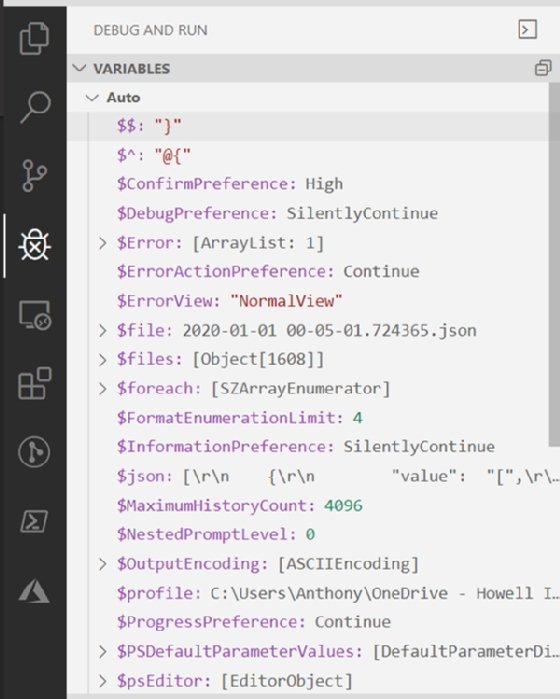

When I add the Wait-Debugger statement the PowerShell console running the script breaks at the statement in the cmd-line debugger of PowerShell.

Say I want to run a script and let it break at some point with the Wait-Debugger statement and continue debugging with PowerShell ISE. The implementation of PowerShell runspaces gives us a lot of flexibility and allows for some crazy scenarios. If you want more details about this functionality lookup the following commands on Microsofts site.Įnter-PSHostProcess, Get-Runspace, Debug-Runspace, Enable-RunspaceDebug -BreakAll, Wait-Debugger, Enter-PSSession Before using Enter-PSHostProcess open a session with Enter-PSSession -ComputerName and follow the same steps. If your script is running on another machine and PowerShell remoting is configured you can also do this with remote scripts. Start this script in a PowerShell console and start PowerShell ISE with the following commands Enter-PSHostProcess -id 14468 # enter here your script pid To test this scenario create a long running script like this Write-Host "Long running script with PID: $pid" Now you can run it again after inspection or continue debugging it and/or set breakpoints. PowerShell ISE will now load the script and show it halted at the currently executed statement.
#Powershell script debugger how to#
While I would seldom use this technique, it can be helpful to know how to output all variables. This shows a simple example of how we can troubleshoot what functions are beingĬalled with what variables exist in their place, while also seeing what functionsĪre being called when we also want to see the variable's value, if this is the route developers need to use. A good technique to use is how long does the troubleshooting take? These may be scripts where you want to add a log of what commands were called when the script executed. In the second snippet, we replace the variable:Įven if this script failed, this script lacks complexity and troubleshooting would be very quick.
#Powershell script debugger code#
In PowerShell ISE by saving the executed code to a log file. In the next two code snippets, we do this In the next few examples, we'll look at saving an add content command to a file. If we're using a later edition of PowerShell, we can use the debugger, but if we want to keep a log of some commands - especially dynamic commands, we can save these commands with their variables to a file. If several values are permanently set - like an example where the file location, server and database are always the same, I may only want to track the changing values. As an example using this tip, I might want to log all the variables in the script being used when it's called (see final example below this), if each of those variables change based on a configuration file, table, etc. When debugging or tracking commands called in PowerShell, we may want to log what code is executed withĪnd without the variable names replaced (in rare situations we may want both and we'll look at examples with either).


 0 kommentar(er)
0 kommentar(er)
